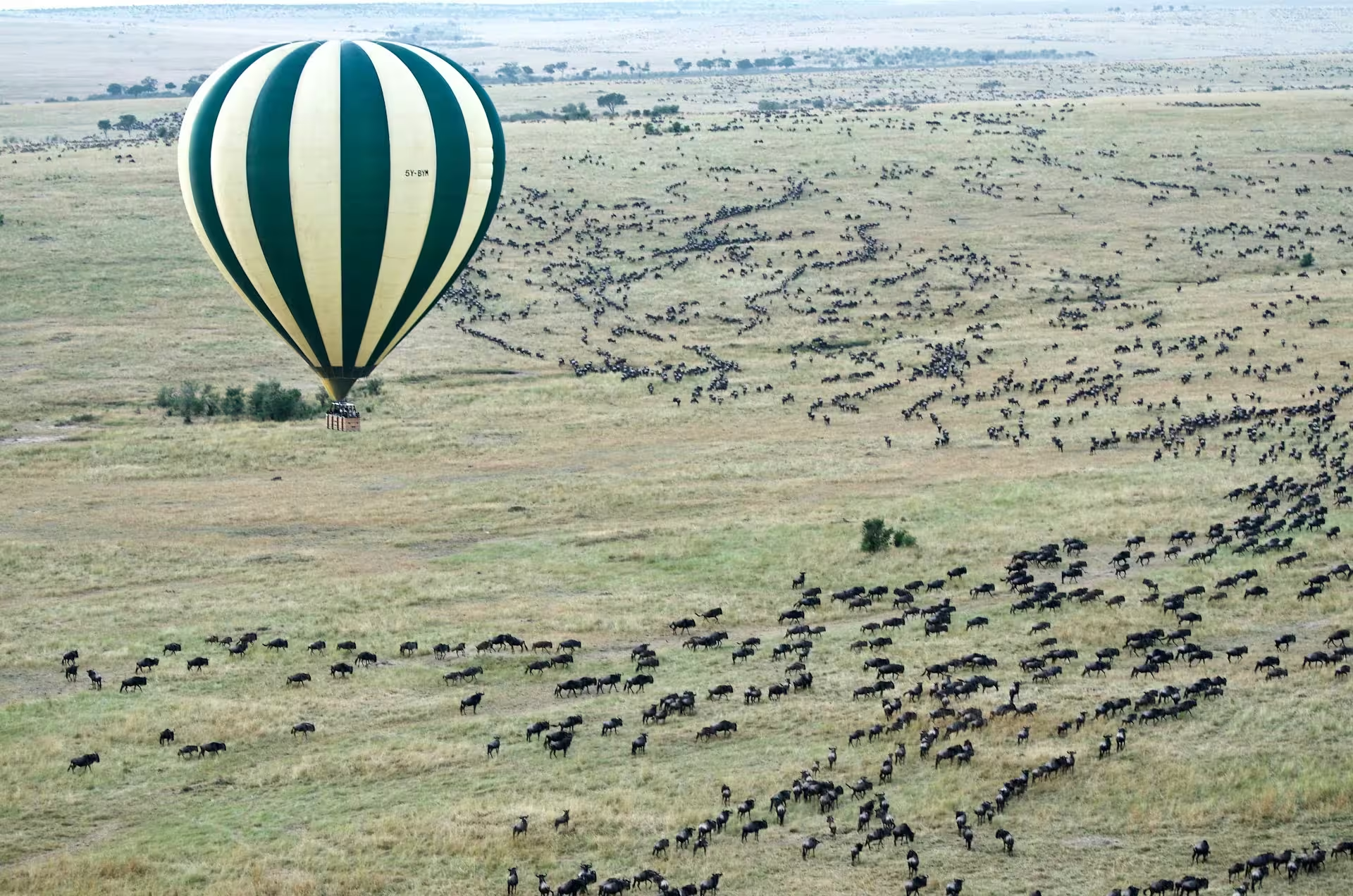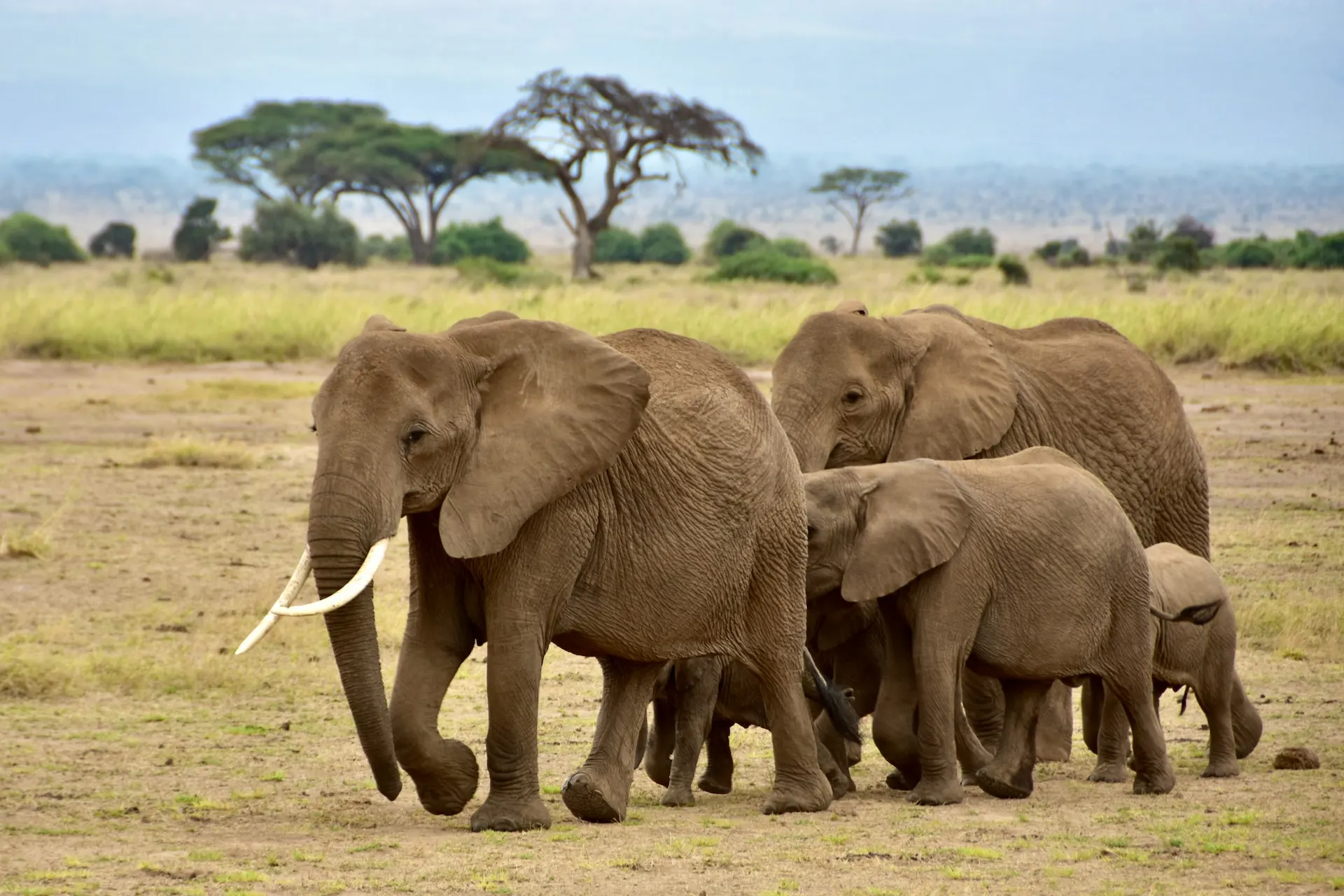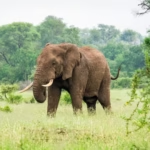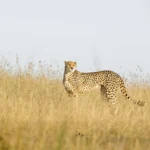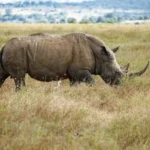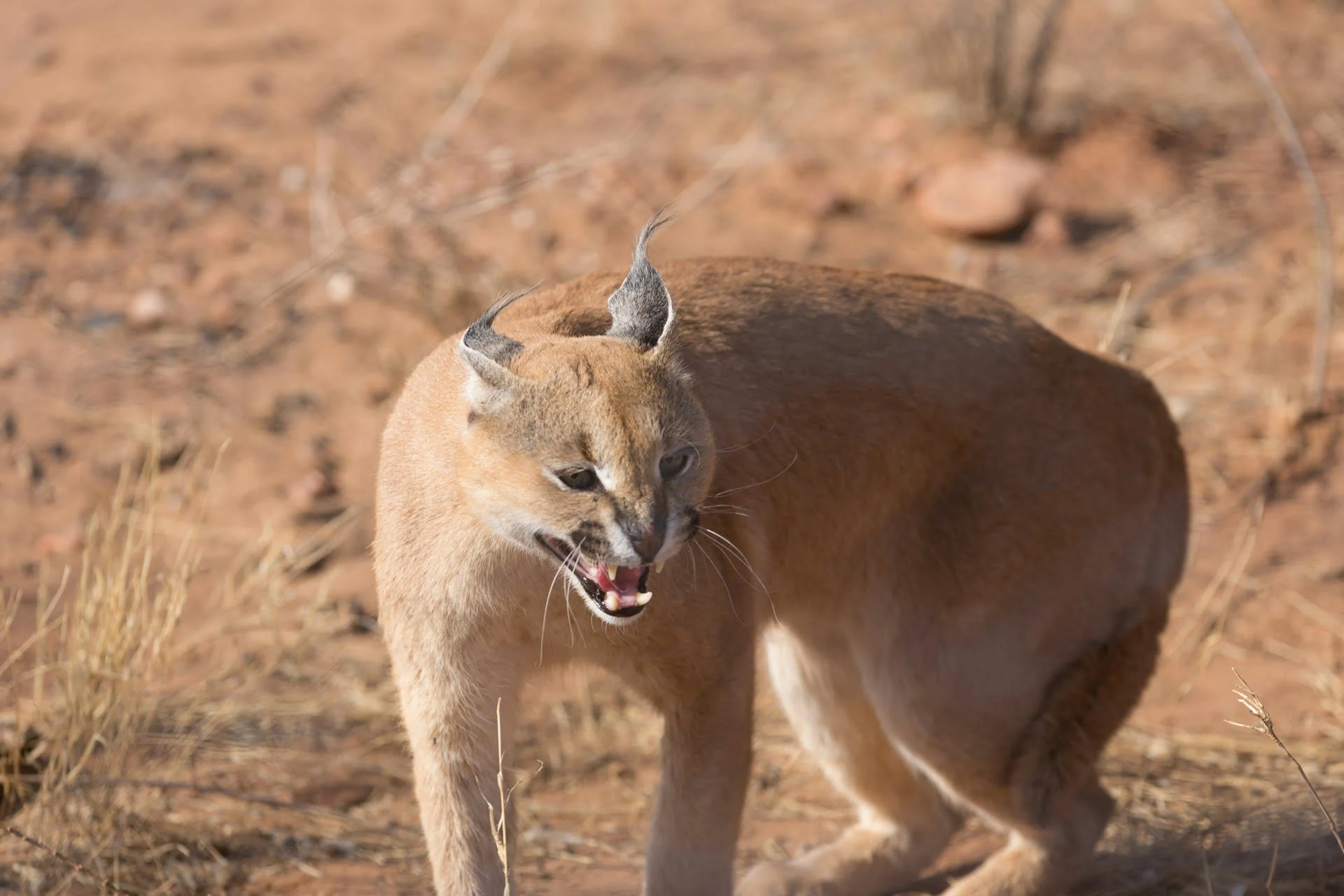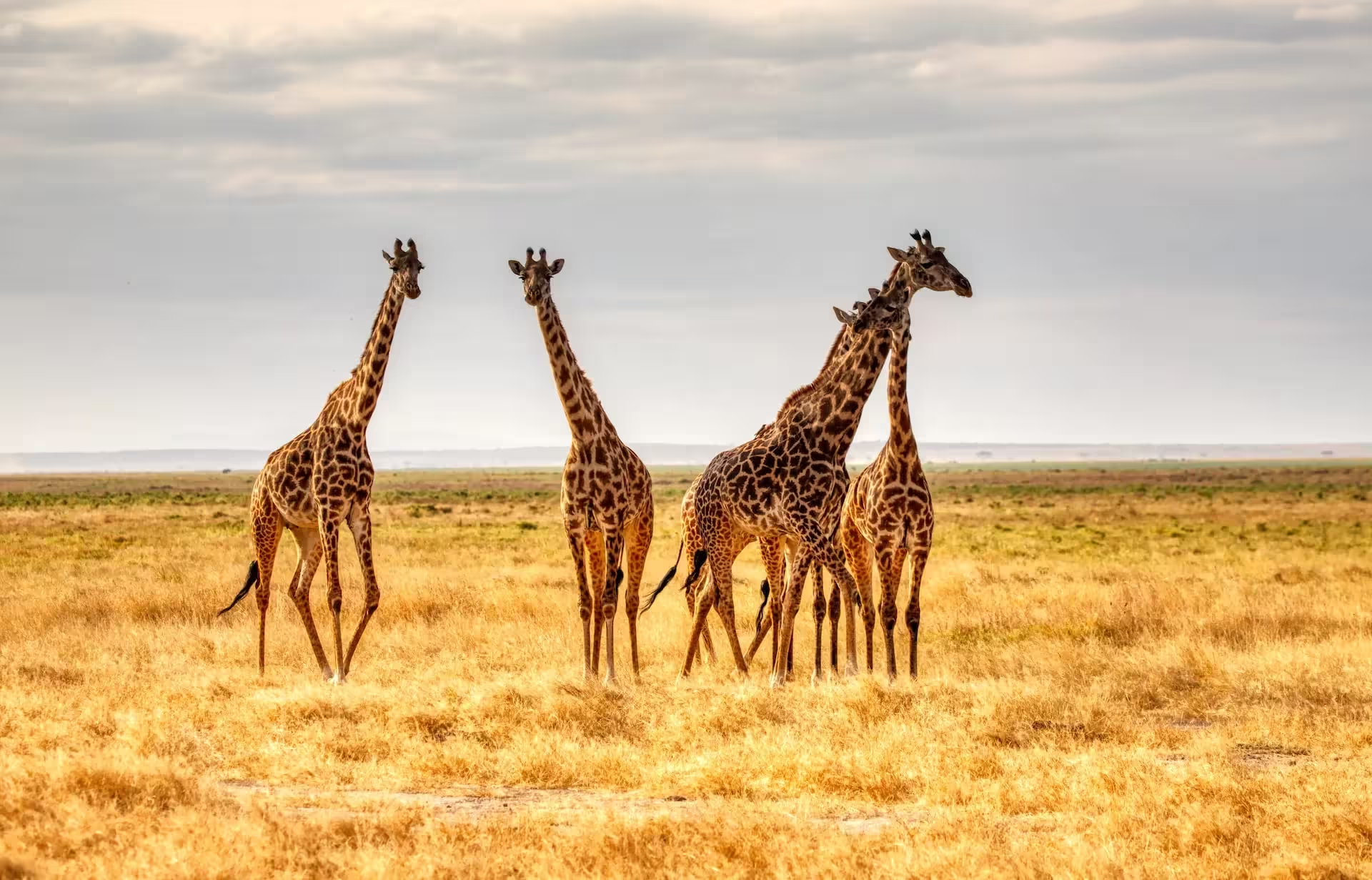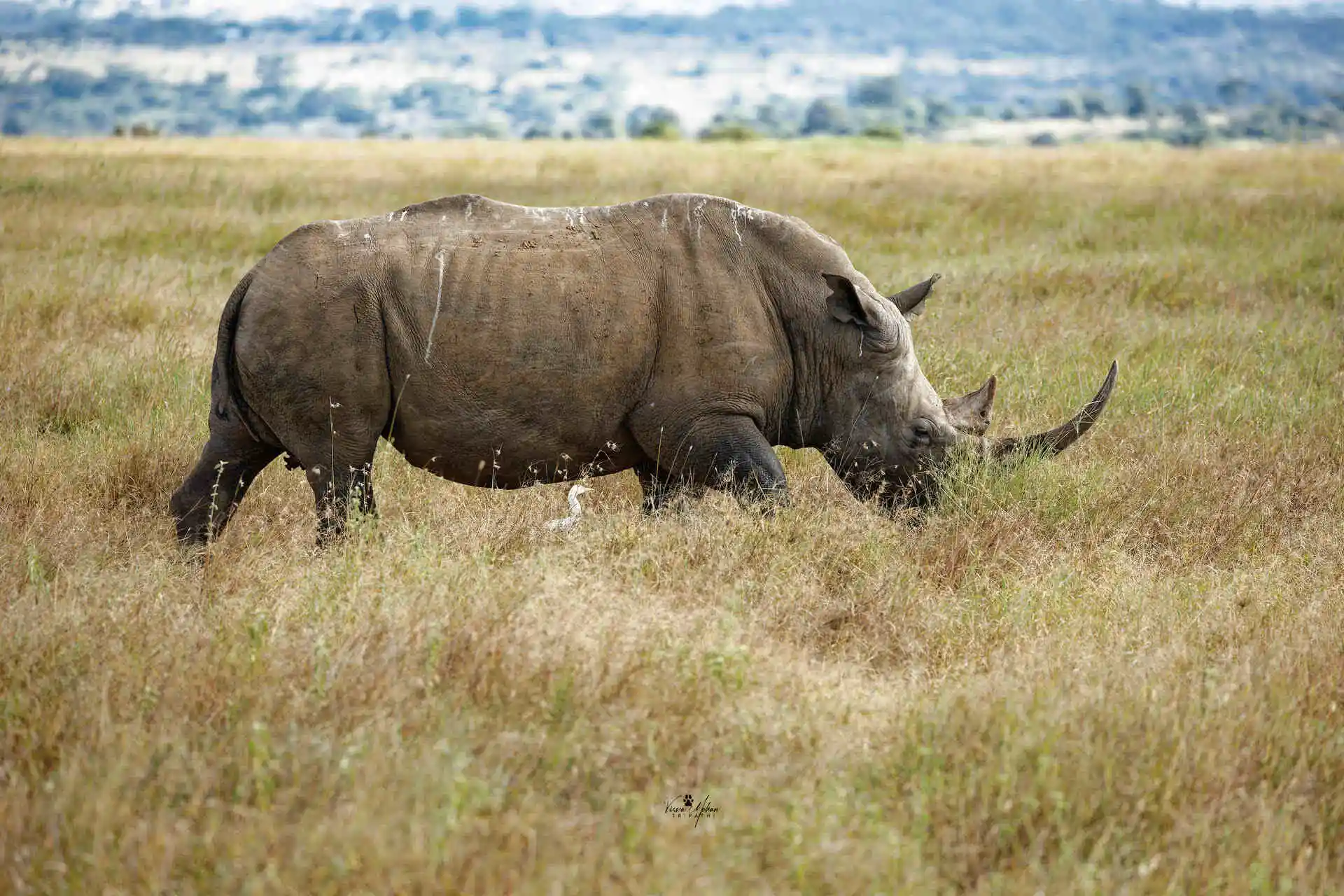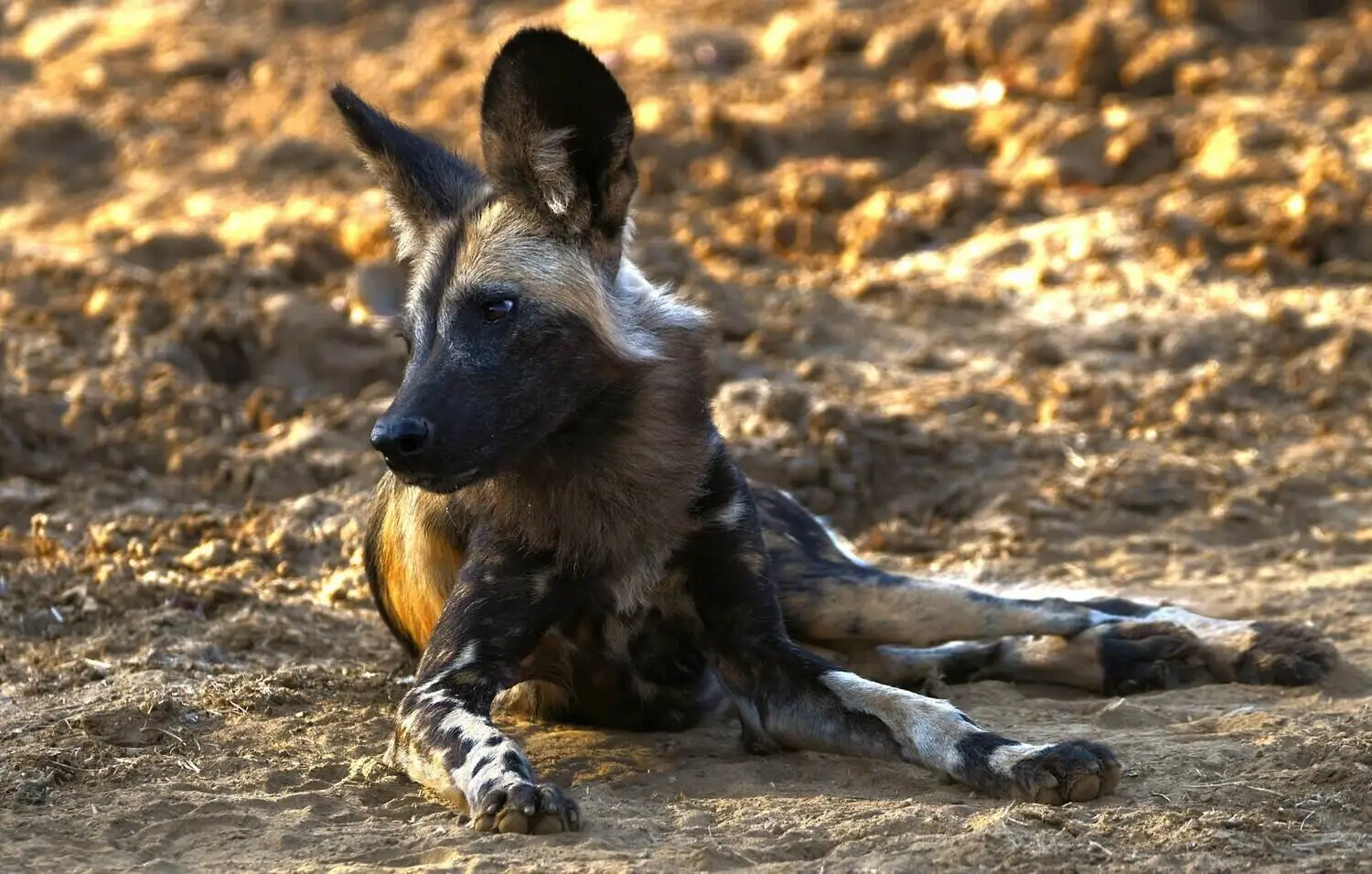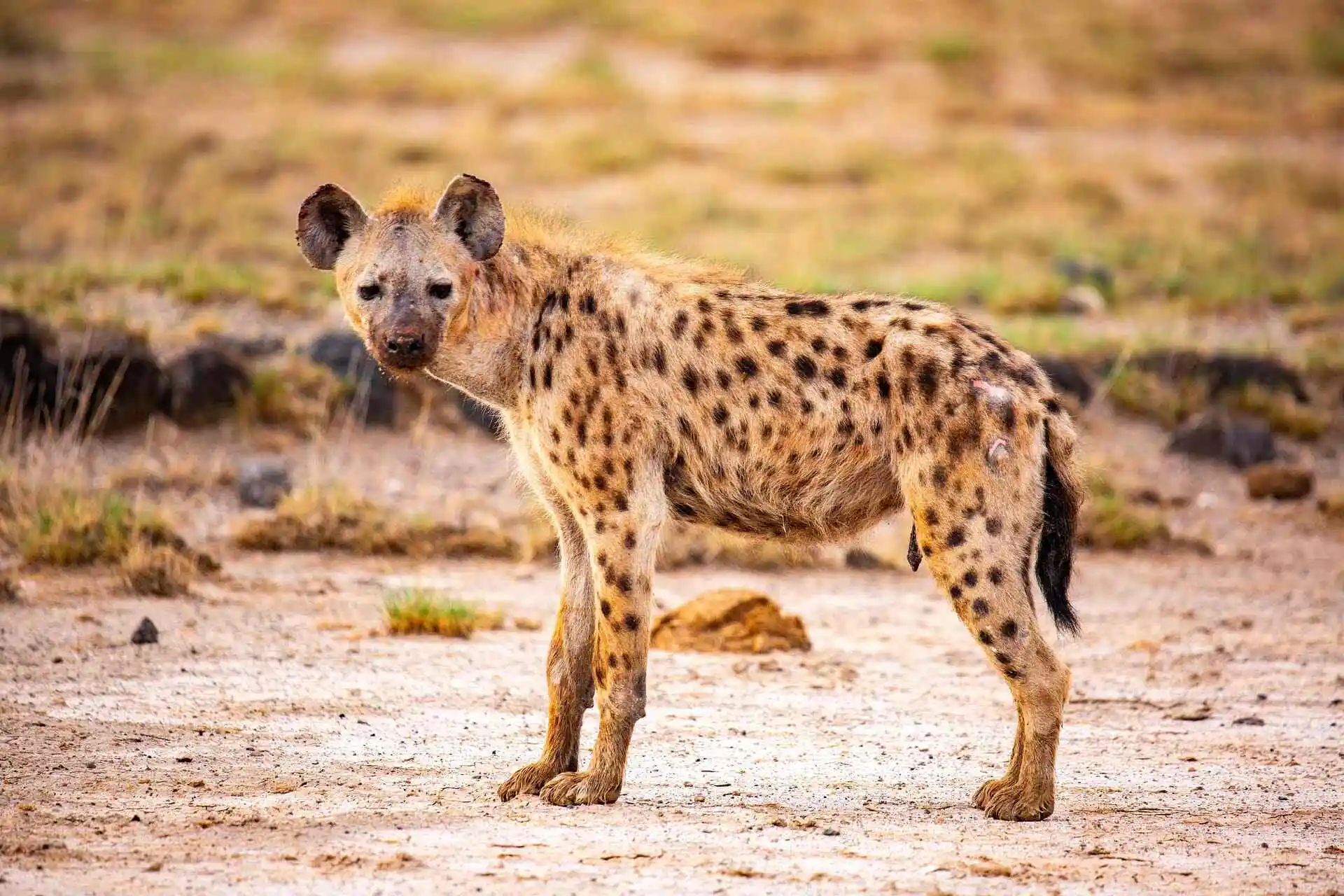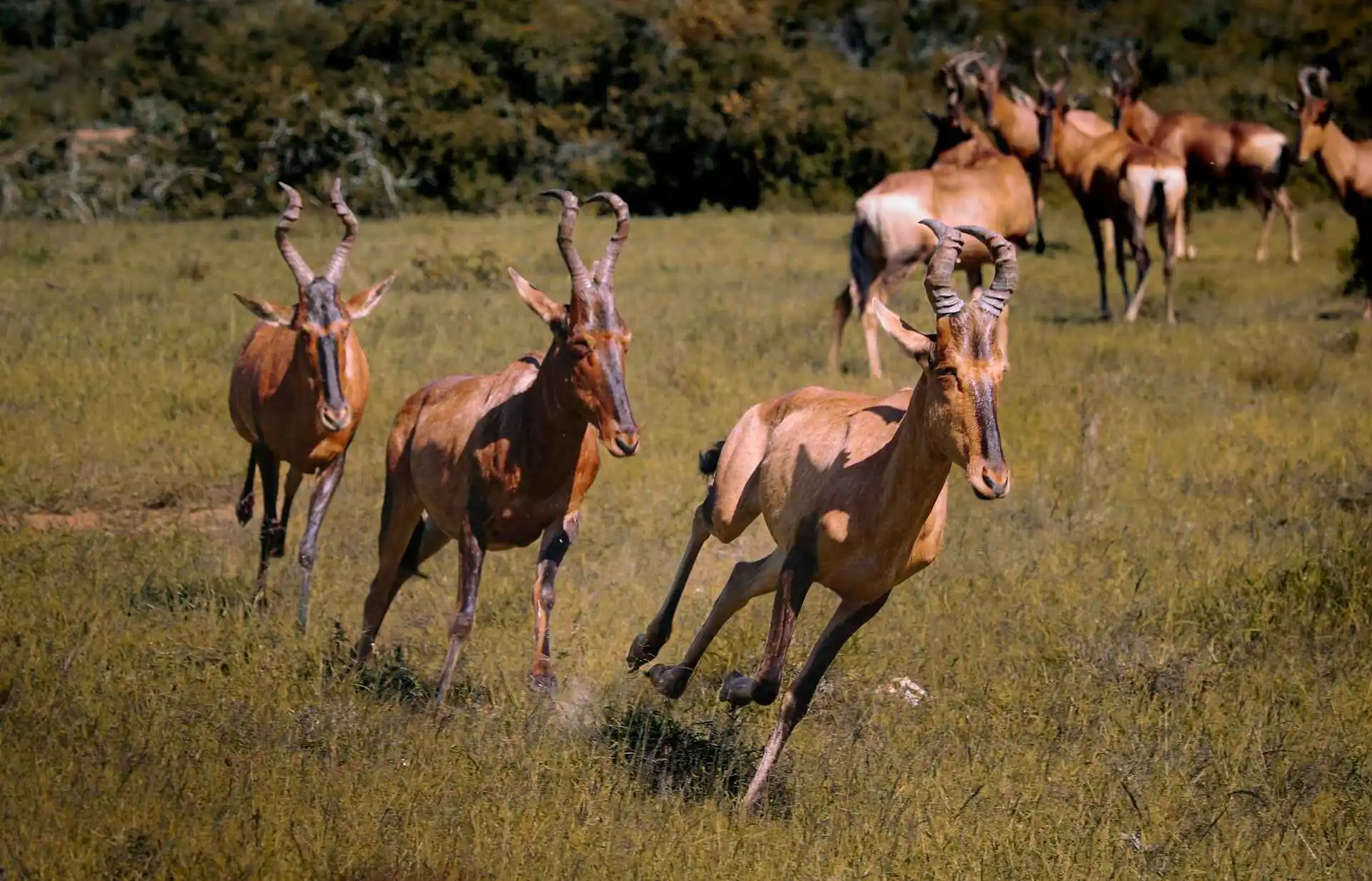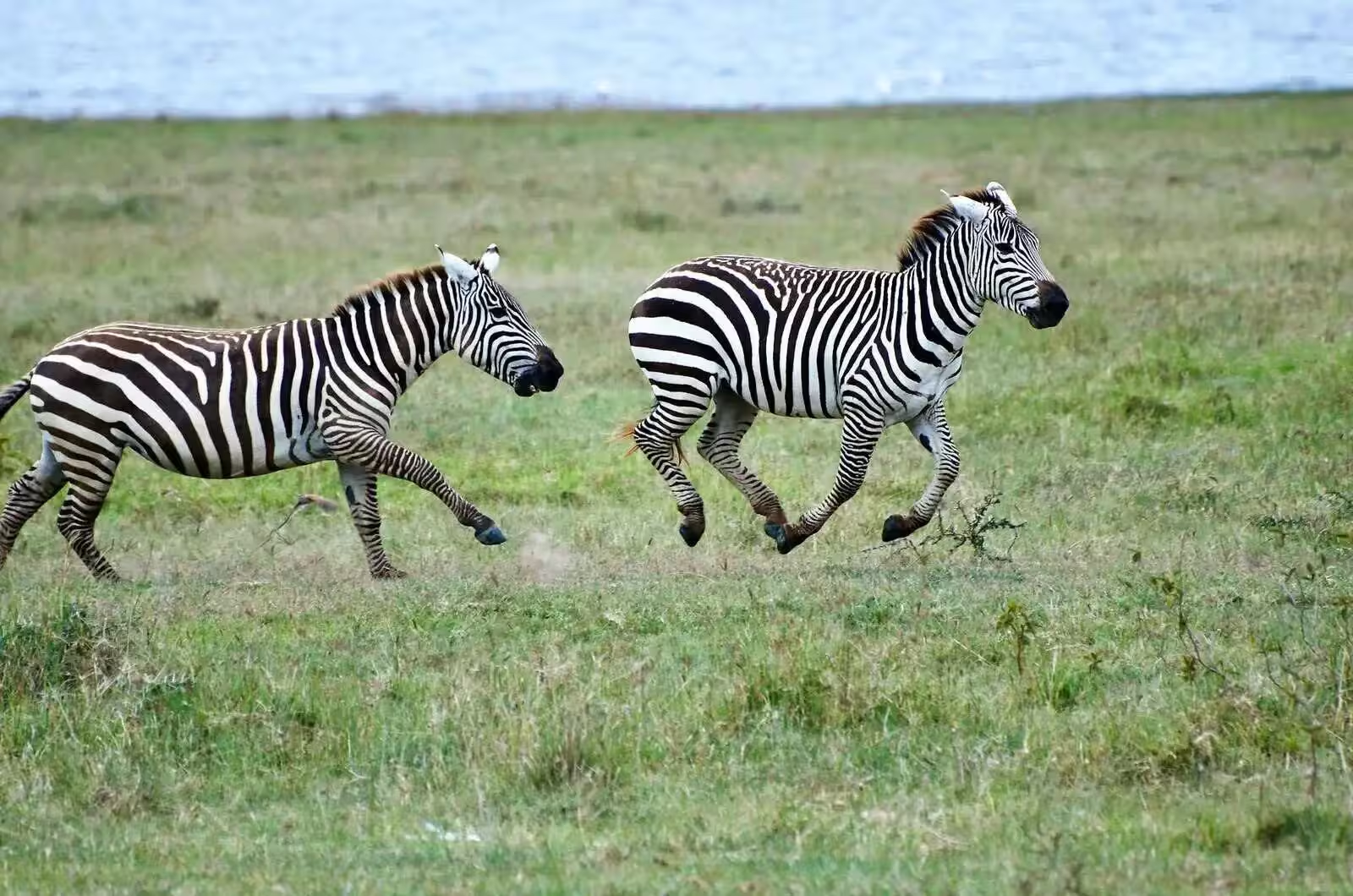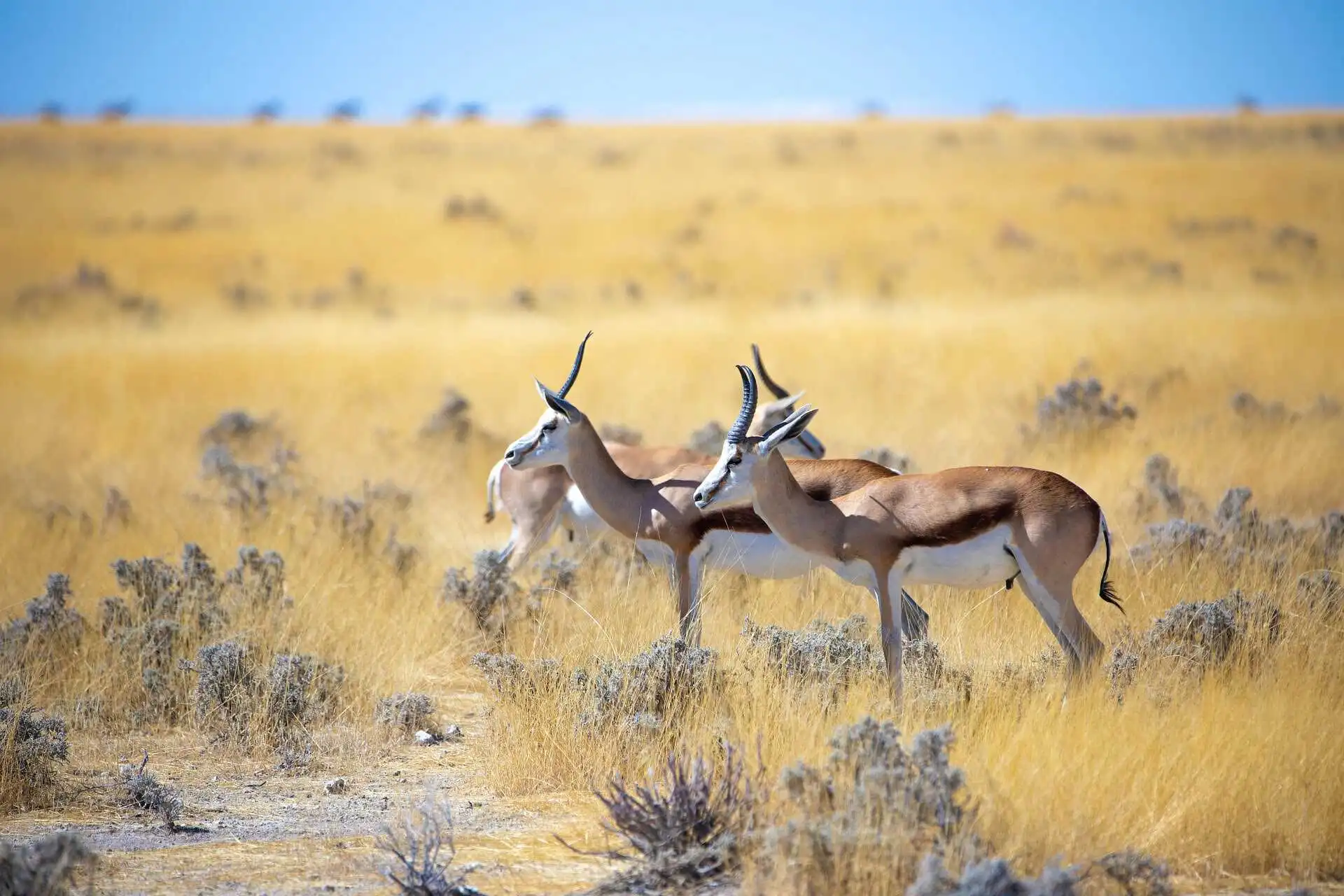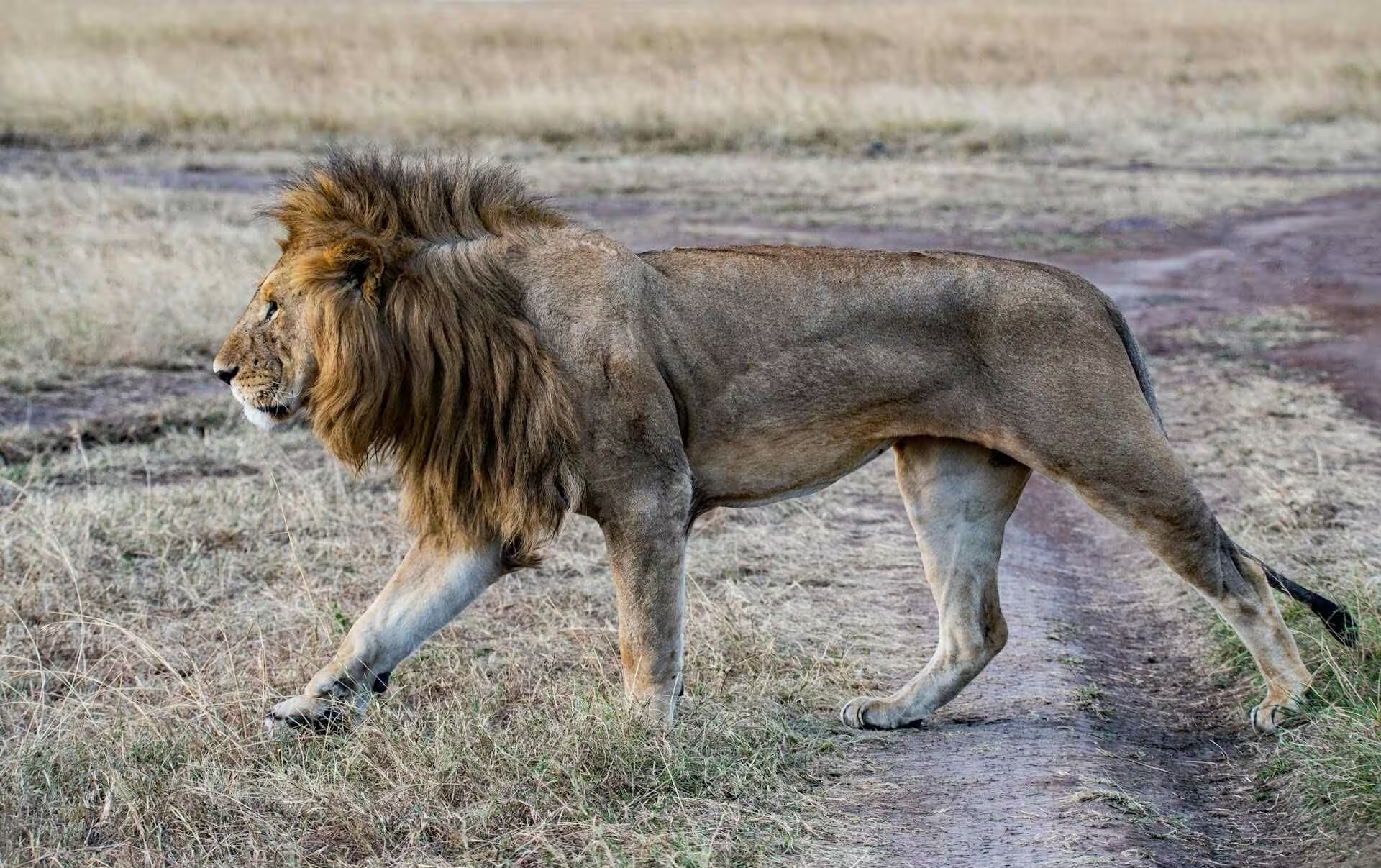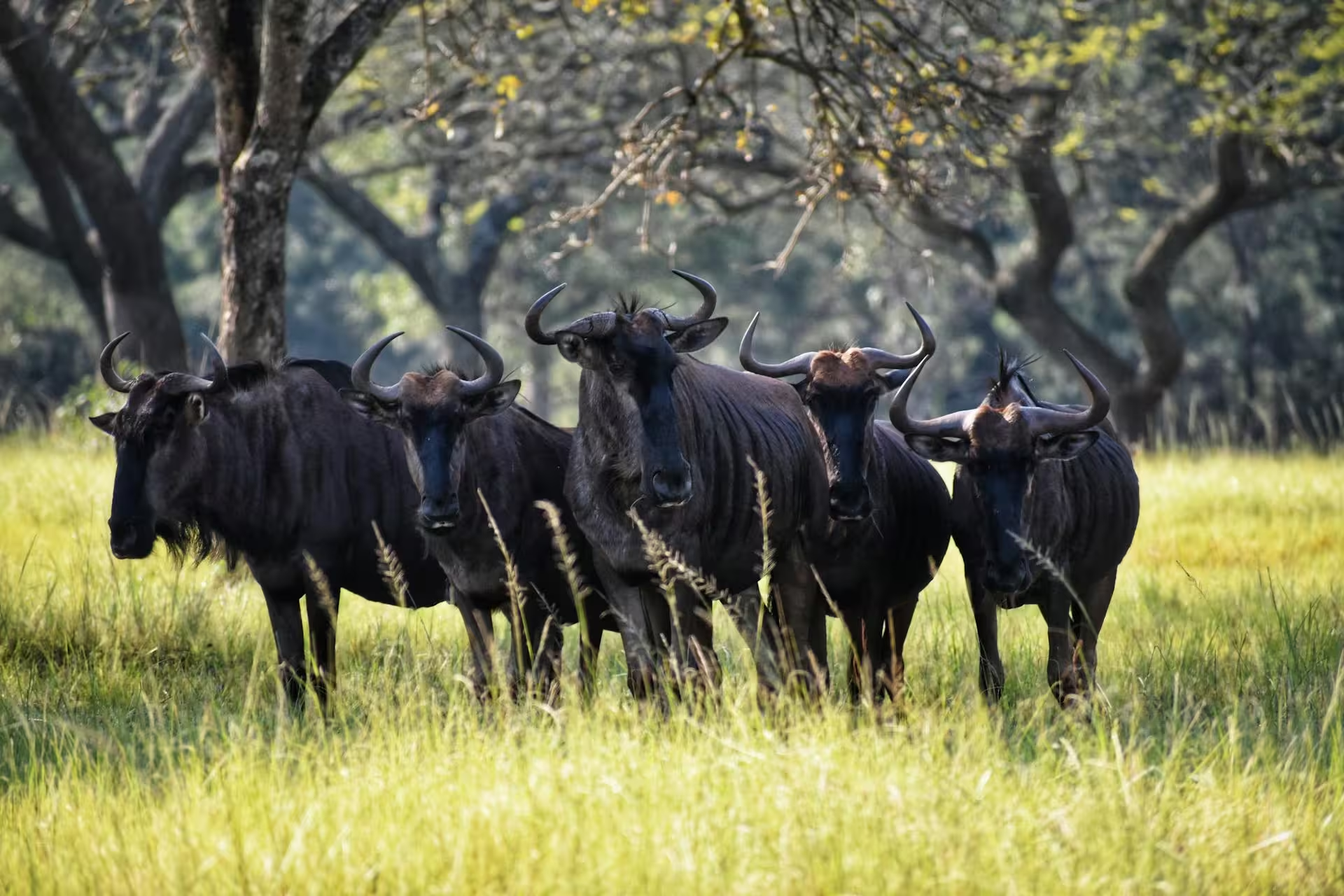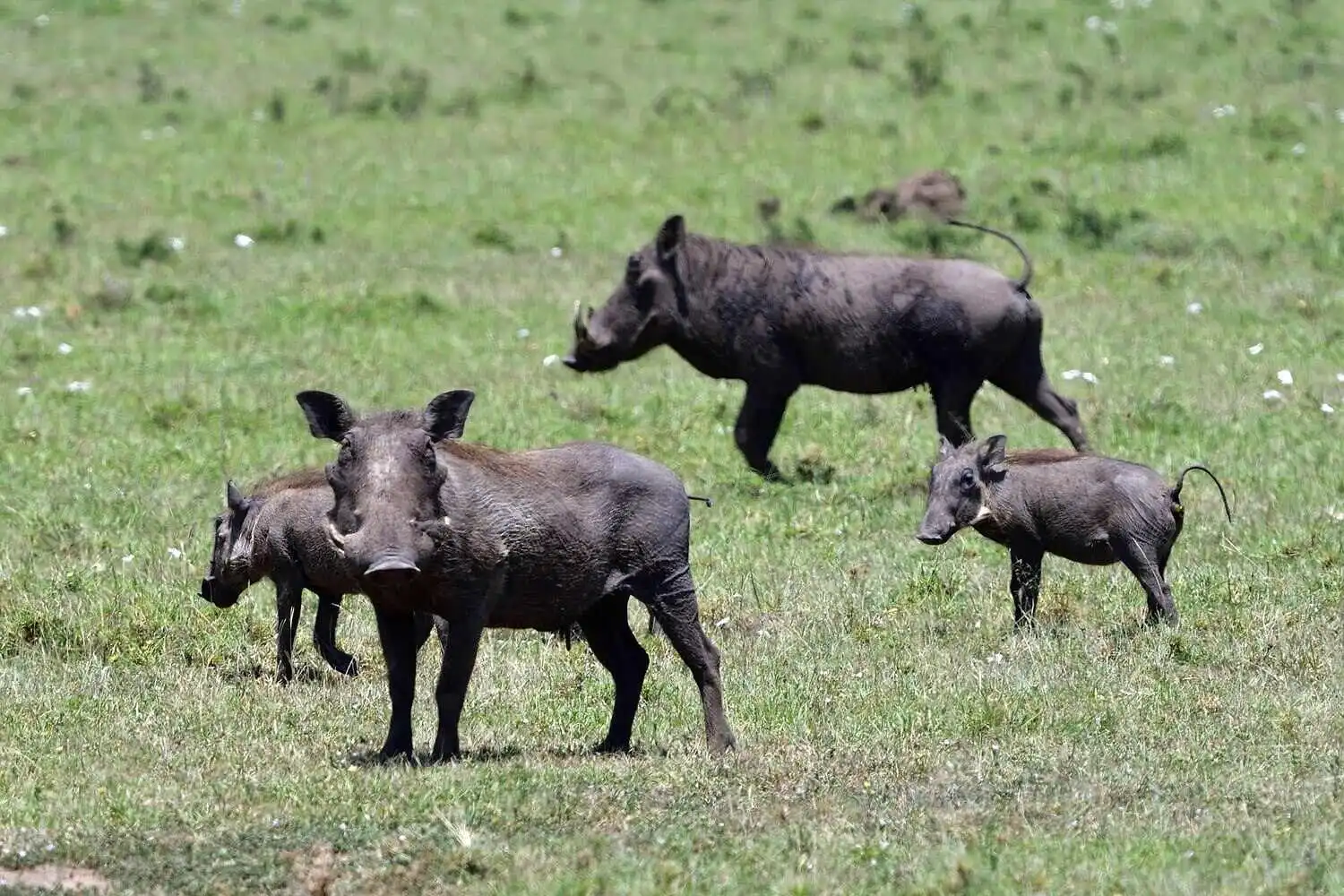How does African Rhinoceros look like ?
The African rhinoceros is a big plant-eating mammal with a unique look. There are two main types: the white rhinoceros and the black rhinoceros.
The white rhinoceros is large and has a wide, square-shaped mouth for eating grass. They usually have two horns, and the front one is longer. The color of their skin can be light gray to brownish-gray.
On the flip side, the black rhinoceros is a bit smaller but quick on its feet. Their mouth is more pointed and hooked, ideal for nibbling on bushes and trees. Black rhinos might flaunt one or two horns, and their skin color ranges from brown to dark gray.
Both rhino gangs sport a noticeable neck hump, though it’s a bit more prominent in the white rhinos. Unfortunately, their horns are like treasure for poachers, putting these magnificent creatures in danger. That’s why we’re all about conservation – gotta keep these iconic African animals thriving.
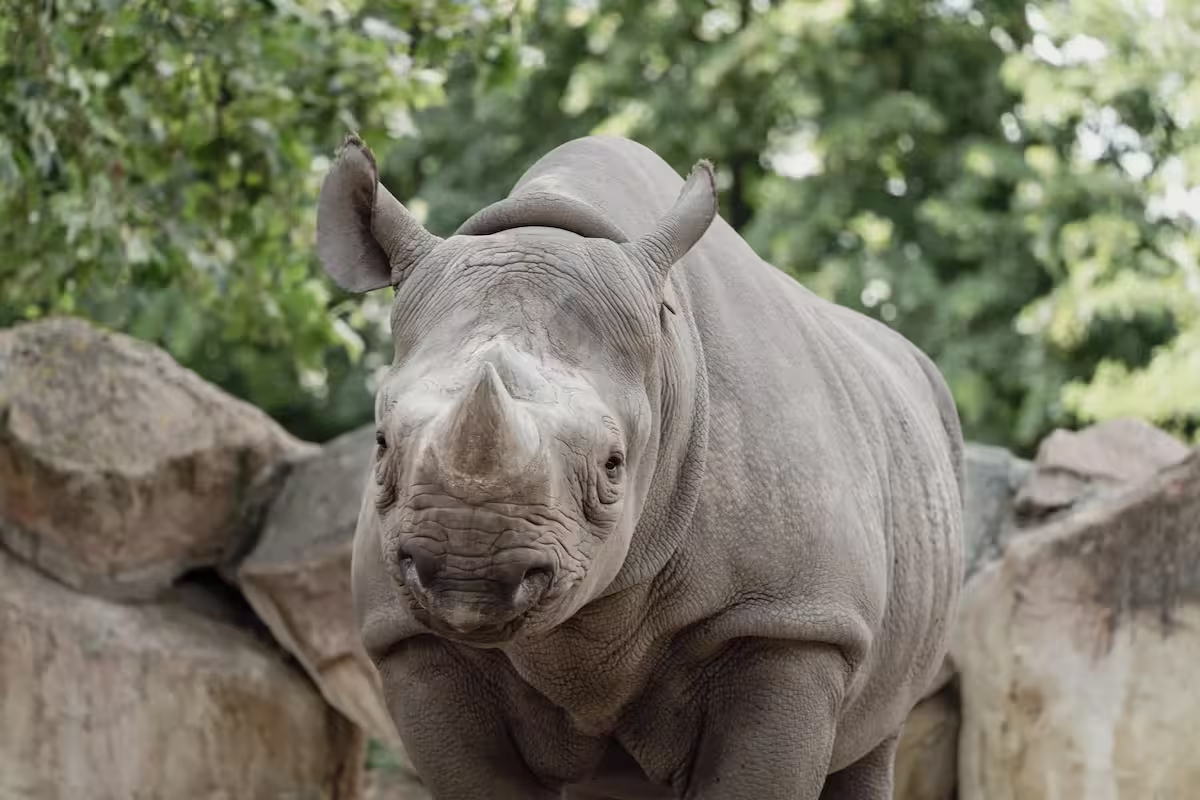
Black Rhinoceros
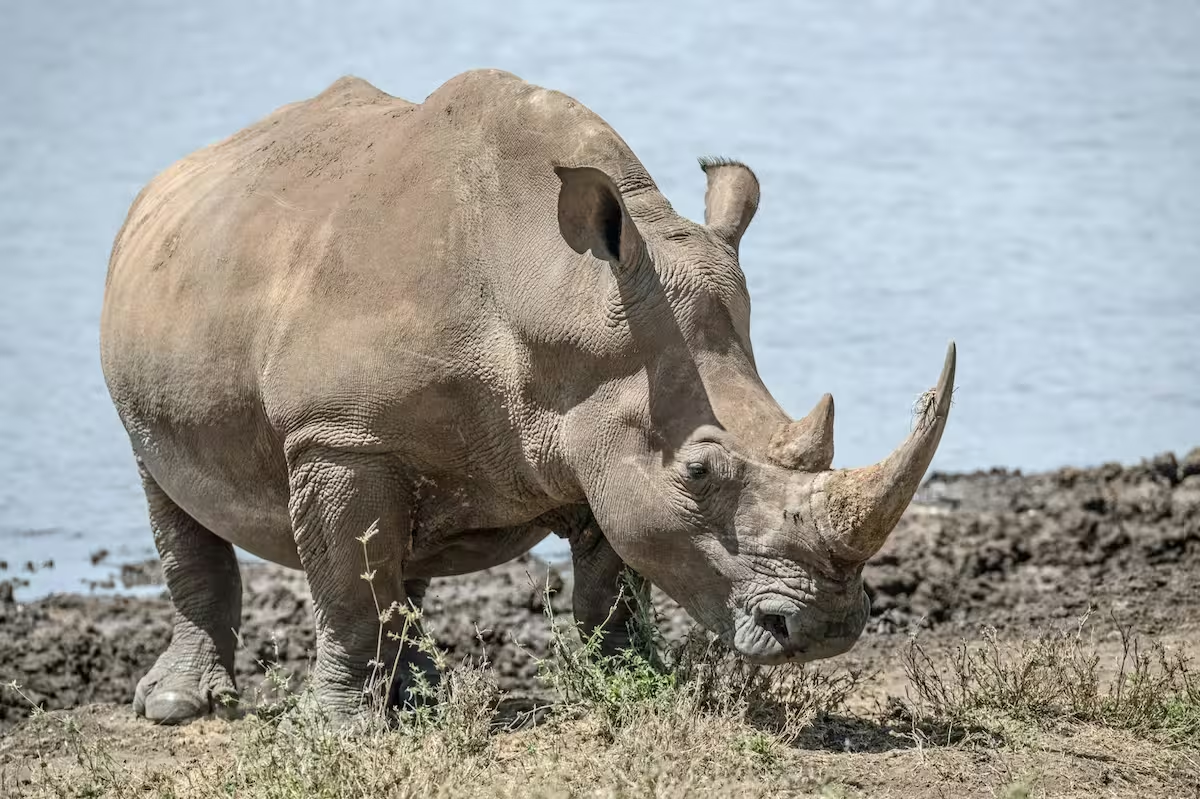
White Rhinoceros
Black Rhino vs. White Rhino
| Characteristic | Black Rhino (Diceros bicornis) | White Rhino (Ceratotherium simum) |
|---|---|---|
| Dietary Habit | Browser (eats leaves, shoots, and branches from bushes and trees) | Grazer (eats grass from the ground) |
| Lip Shape | Pointed/Hooked (prehensile, used like a finger to pluck foliage) | Broad/Square (wide, ideal for clipping grass close to the ground) |
| Size (Avg. Weight) | Smaller of the two: 800−1,400 kg (1,760−3,080 lbs) | Larger of the two: 1,800−2,500 kg (4,000−5,500 lbs) |
| Head Position | Held high (for reaching browse) | Held low (for grazing), often with a pronounced hump on the neck |
| Temperament | Generally more solitary, known to be more aggressive/territorial | More social, often seen in groups ("crashes"), generally more placid |
| Conservation Status | Critically Endangered (CR) | Near Threatened (NT) (Southern sub-species) |
| Number of Horns | Two | Two |
| Color | Both species are a brownish-gray color (names are misleading) | Both species are a brownish-gray color (names are misleading) |
What Rhinoceros like to eat ?
African rhinos are big plant-eaters. They love chowing down on grass, especially the fresh, short kind near water. When grass is a bit hard to find, like in dry seasons, rhinos mix it up with fallen fruits and leaves. The specific plant menu depends on the type of rhino and what’s available in their neighborhood.
White rhinos are like the lawnmowers of the rhino world, they’re grazers. With their wide, square-shaped lips, they happily chow down on grasses close to the ground. While they do indulge in leaves, fruits, and bark, grasses are the main course for them.
On the other hand, black rhinos are the browsers. They use their narrow, pointy lips to pluck leaves, twigs, and branches from trees and bushes. While they do enjoy a bit of grass, leaves take the spotlight in their dining preferences. It’s like each rhino has its own unique taste in the green buffet of the wild!
Importance of Rhinoceros in africa
Cultural Significance
Rhinos have been deeply embedded in African cultures for centuries. Their imposing presence and unique characteristics have inspired various myths, legends, and folktales across the continent. In ancient Egypt, the rhino was revered as the embodiment of the god Set, representing strength, ferocity, and chaos. The rhino’s portrayal in Egyptian art often symbolized the challenges of nature and the balance of power in the universe.
Symbolic Importance
The African rhinoceros has become a symbol of Africa’s rich biodiversity and resilience. Their presence in African landscapes serves as a reminder of the interconnectedness of all living things and the importance of preserving natural ecosystems.
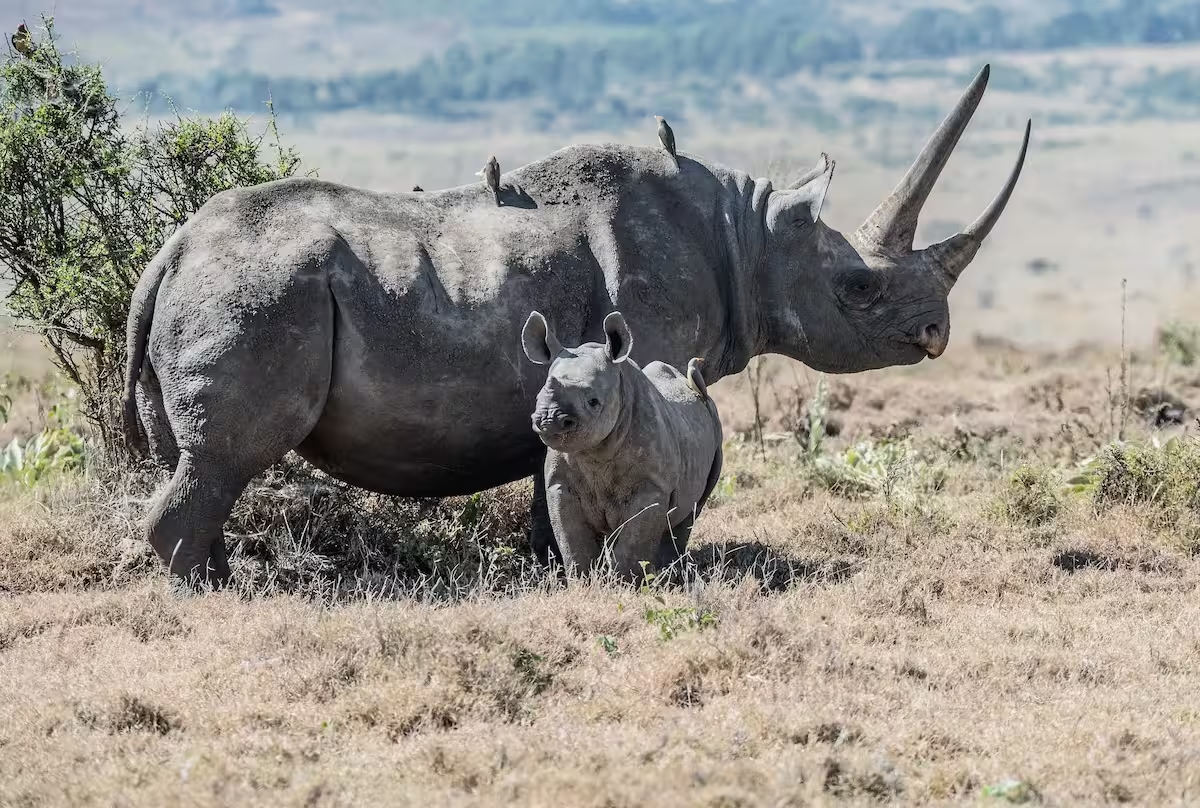
Fun fact about African Rhinoceros
- Africa has two rhino species: White Rhino and Black Rhino.
- Both species are grey, not black or white as their names suggest.
- White Rhinos are larger and mainly graze on grass.
- Black Rhinos are smaller and feed on leaves and shrubs.
- Rhinos have poor eyesight but excellent hearing and smell.
- Their horns are made of keratin, the same material as human nails.
- They use horns for defense and communication.
- Rhinos help shape the ecosystem by controlling vegetation growth.
- Poaching for horns is their biggest threat in Africa.
- Anti-poaching units and community programs help protect them.
- South Africa, Namibia, Kenya, and Zimbabwe have the largest rhino populations.
- A rhino’s horn can grow up to 5 centimeters each year.
- Rhinos can run at speeds of up to 50 kilometers per hour.
- Calves stay with their mothers for up to three years.
- Rhinos can live for around 35 to 40 years in the wild.

